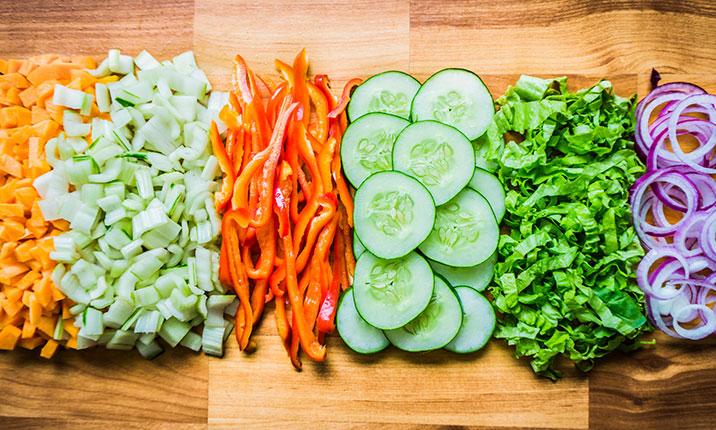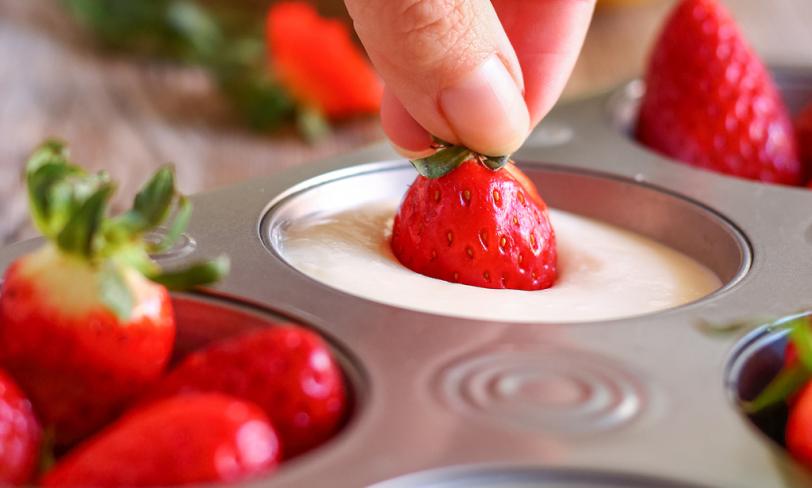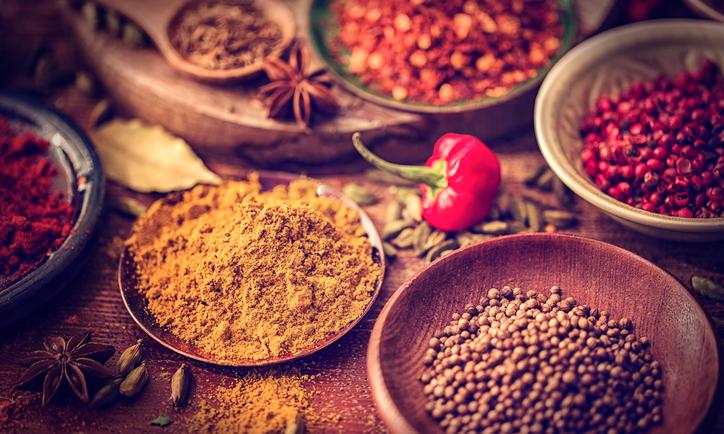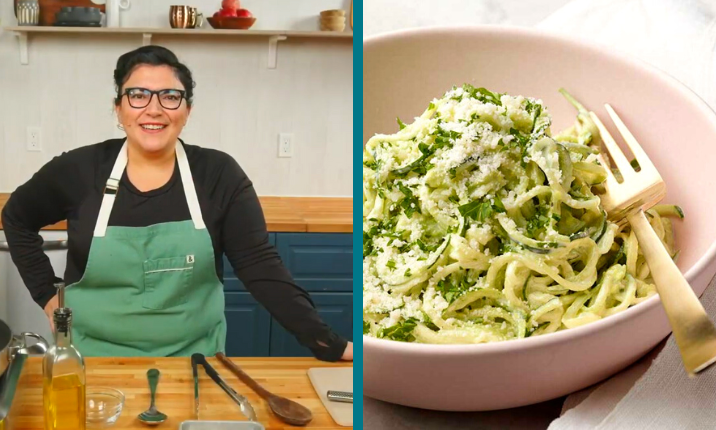Everybody likes getting more for less! How about getting more meals from less recipes? With some strategic meal planning and prepping, you can create several days’ worth of meals with just a few recipes and one trip to the grocery store. You can even prepare all of the recipes at once and store meals in single serve containers in the fridge for grab-and-go meals all week.
Diabetes Food Hub can be a great tool for meal prepping! Click here to learn how to use our recipes, meal planner, and grocery list generator to make planning, shopping, and preparing healthy meals a snap! Additionally, we’ll be rolling out a series of meal prepping articles over the next few weeks to show how a little planning can make your meal planning life a lot easier.
This week we are going green—LEAFY greens! We’ll help you build your own “salad bar” at home so you can create custom salads all week long. Best of all, the whole family can get involved! Everyone can choose a couple of their favorite ingredients to add to the grocery list. On prep day, kids can help with washing fresh produce, mixing salad dressing, and storing all of the salad bar ingredients. Kids will love building their own salads, and you’ll love getting them excited about vegetables!
Check out this article for tips on building the perfect salad!
How to prep your salad bar
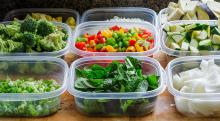
1. Wash your greens. For heads of lettuce like iceberg or romaine, remove damaged or wilted outer leaves, cut out the core, and chop the rest. Rinse chopped lettuce and loose greens in a colander or bowl of water. Drain and dry the greens as well as you can before storing by using a salad spinner or patting them dry with paper towels. Store greens in a large container or bag. To keep them crisp, add a damp paper towel to the container, and re-wet as needed during the week. NOTE: Even bagged greens should be washed!
2. Wash fresh fruits and vegetables and chop into bite size pieces.
3. Prep your proteins. For chicken or steak, bake or grill cuts of meat, then cut into slices or cubes. If you are using fish, you can either use canned fish or bake fillets of fresh or frozen fish. Leave the fillets whole or break apart with a fork and store. For hard boiled eggs, it’s best to leave them whole (with or without their shell) and slice or chop just before adding it to the salad.
- 4. Cook your grains. If you like quinoa, wild rice, brown rice, or other grains in your salad, cook it up! You can then store in a container in the fridge and add cold later in the week, or heat up in the microwave to add a little warmth to a cold salad.
- 5. Prep your flavor boosters. Chop nuts if you like smaller pieces; grate, shred, or crumble your cheese to save time later; other add ins just need to be stored in easily accessible containers.
6. Make and portion your dressing. Try a couple variations to shake things up! Portion out dressing into small containers that you can toss into your salad bowl. Remember, dressings are made of mostly fat, so they can add a lot of calories to a healthy salad. Using small containers can help control you portions, plus your greens will stay crisper if you keep the dressing on the side, or add it to your salad right before you eat it.
7. Store all of your salad components in separate, resealable containers or bags. Some things like nuts and dried fruit do not need to be stored in the fridge.
8. Build your salad. You can prepare your lunch salad the night before or in the morning. For a meal-sized salad, start with 1-2 handfuls of leafy greens. Sprinkle on 1/2 to 1 cup of chopped veggies and fruit. Add 3-4 ounces of protein (about the size of the palm of your hand). Add about 1/4 cup of grains, then finish it off with a couple tablespoons of “flavor boosters” like nuts, dried fruit, cheese, or olives. You can pack everything in a large bowl with the dressing on the side, or build a mason jar salad! For a mason jar salad, build everything in reverse: start with dressing on the bottom, then add your various toppings, and finish it off with greens. When you are ready to eat your salad, dump the jar out into a bowl – the greens will be on the bottom and the dressing will be on top!
Need more inspiration to get started?
Try these chef-inspired salad recipes, curated by the ADA experts!


Arugula, Pear, Walnut, & Pecorino Salad


Grilled Salmon and Avocado Salad

Power Lunch Salad



Want more meal prep ideas?
Check out the other articles in this series:
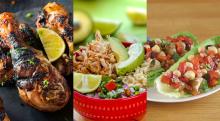
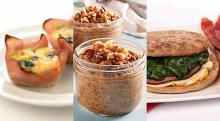
Meal Prep: Breakfast on the Go
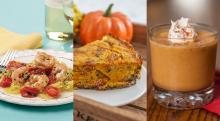
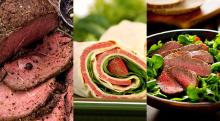
Meal Prep: 3 for 1 Beef
